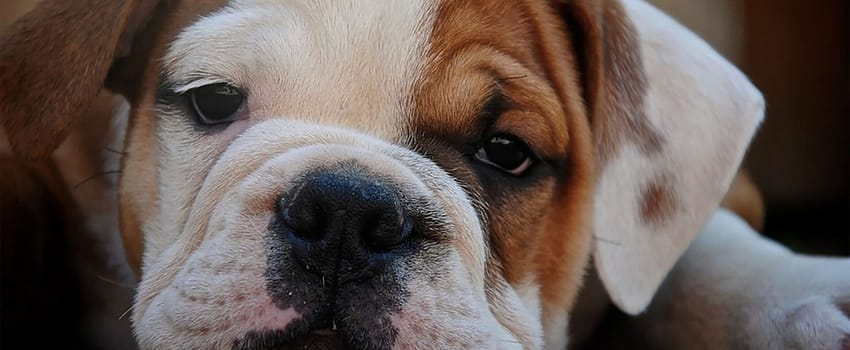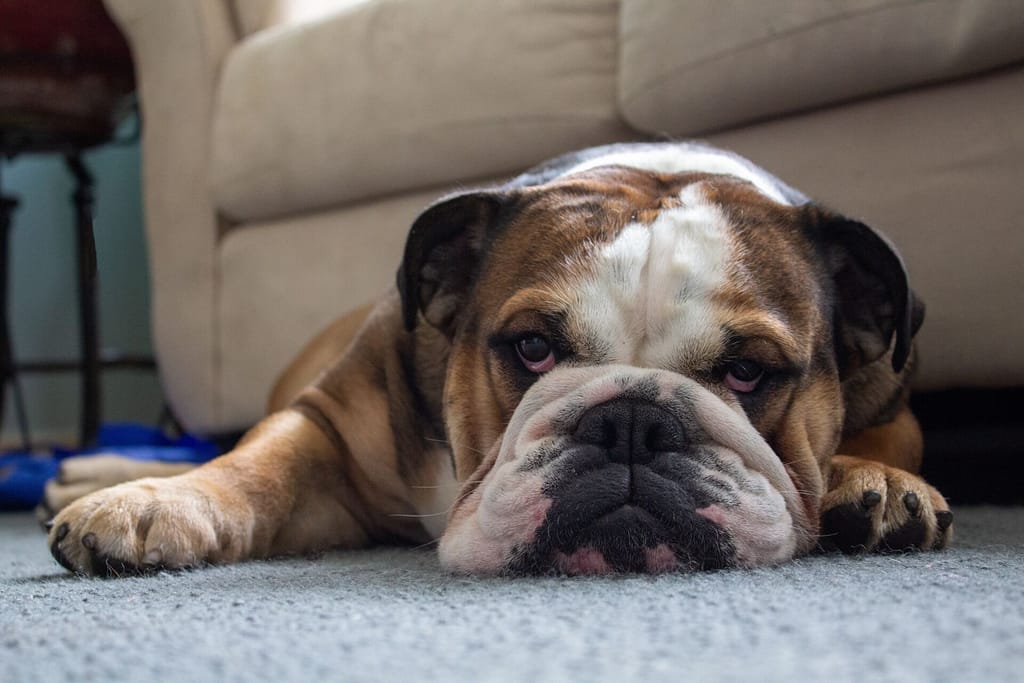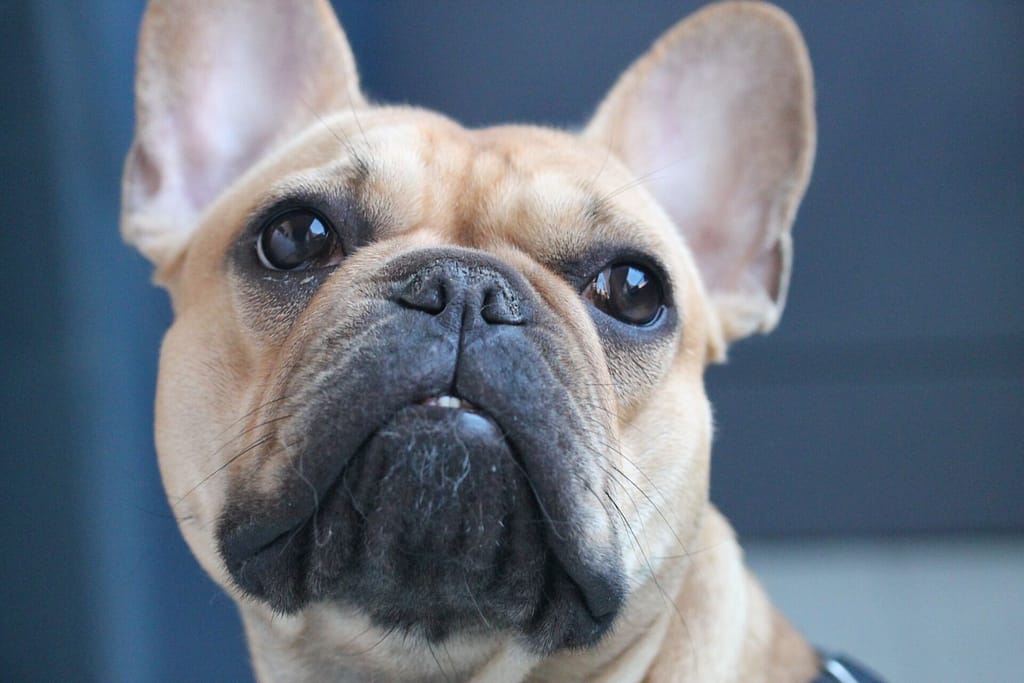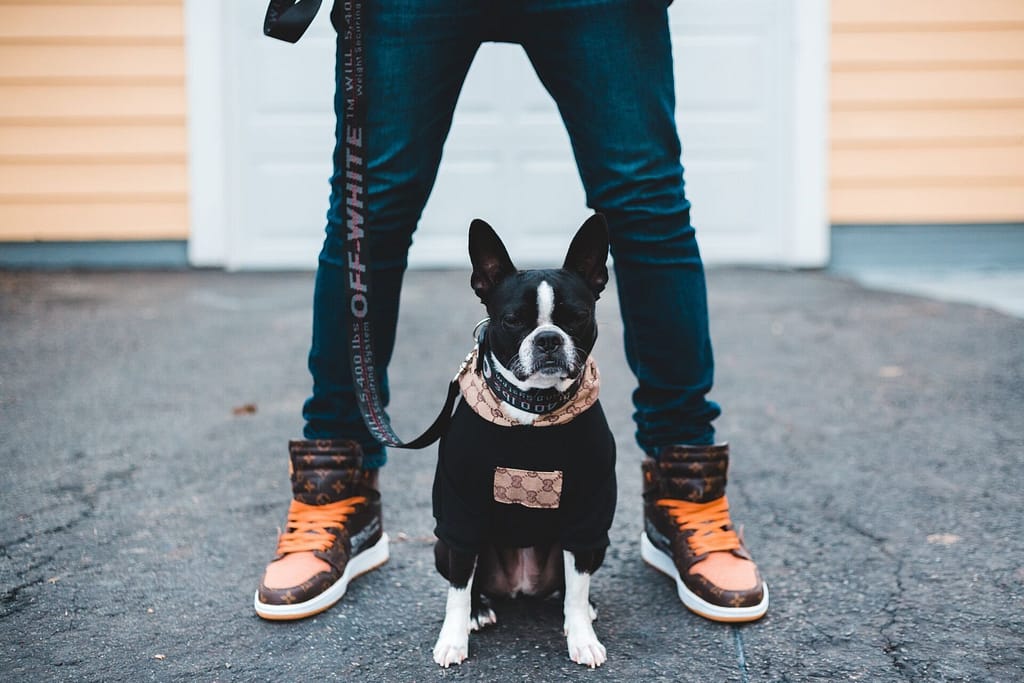
The summer months in the Middle East are tough for all our pets, but especially so for snub-nosed cats and dogs, who have additional complications when it comes to their breathing and heat regulation.
To ensure these animals are safe, airlines stop transporting them between the months of April and October each year. With October just around the corner, and flights once again opening up for our snub-nosed (Brachycephalic) pets, we take a look at how to prepare these breeds for their best possible flight.
“The secret to ensuring Brachycephalic animals travel comfortably and safely is preparation,” says Equitrans operations manager and qualified veterinary nurse, Victoria Johnson. “Preparation for a flight should ideally commence well before take-off, with the animal being fit, healthy and of course, happy being secured in the travel crate.”
What breeds are considered snub-nosed?

The dog breeds are: Affenpinscher, American Cocker Spaniel, Boston Terrier, Boxer, Brussels Griffon, Bulldogs (all types), Bullmastiff, Cavalier King Charles Spaniel, Chihuahua (apple headed), Chow Chow, Dogo Argentino, Dogue de Bordeaux, Japanese Chin, King Charles Spaniel, Lhasa Apso, Lowchen, Neapolitan Mastiff, Newfoundland, Pekingese, Pitbull Terrier, Pug, Shar-Pei, Staffordshire Bull Terrier and the Tibetan Spaniel.
And, the cats: British Shorthair, Burmese, Exotic Shorthair, Exotic Fold, Himalayan, Persian, Scottish Fold, and the Selkirk Rex.
What are the flight issues with snub-nosed animals?

The physiology of these breeds means they have smaller airways and find it harder to breathe, this in turn then impacts their capacity to regulate their body temperature and can often result in the animal overheating.
“These are flat faced breeds of both dogs and cats, which have over centuries been deliberately bred this way to look ‘’cute,’ says Victoria. “Brachycephalic basically means ‘short head,’ and because of this, they can often have respiratory issues and are at an increased risk of something called Brachycephalic Syndrome. The signs of this are noisy breathing, snoring, sleep disturbances (like sleep apnoea), plus they display difficulty in breathing when exercising and when stressed, together with an exercise intolerance and vomiting. The really important issues when it comes to dealing with Brachycephalic animals is they need to avoid stress and heat and maintain an ideal body weight.”
What can I do to help my snub-nosed pet before flight?

Get them in tip-top condition:
When it comes to dogs Victoria has some advice, “plan well ahead of time, and make sure the dog is not overweight… try and get him or her as fit as possible. Of course, it’s difficult with these breeds, especially the small ones, but the better the overall condition, the better he or she will travel.”
Reduce Stress:
Buy your carrier well ahead of time and train your dog or cat to be completely comfortable with being inside.
Avoid Overheating:
“Buy a crate one size larger than your dog or cat needs,“ advises Victoria, “this will greatly reduce the chances of potential overheating.”
“On the day of travel, do not over exercise your dog,” says Victoria, “keep them calm, relaxed, this should help reduce any chance of overheating.”
Ensure you book the Equitrans Pet Taxi for the airport transfer, this vehicle is fully air-conditioned and staffed by experienced pet professionals who understand these breeds and their specific needs. This way your pet is best set up for a safe and comfortable flight.
Planning on travelling with your snub-nosed pet this winter?
Equitrans Pets has been relocating pets and other animals for almost 20-years. As Middle East pet-relocation experts, the team has extensive experience in gently and safely transporting snub-nosed breeds into and out of, various destinations across the Middle East.
If you would like further information on shipping a snub nosed dog or cat, or preparing them for flight, message us at info@equitranslogistics.com